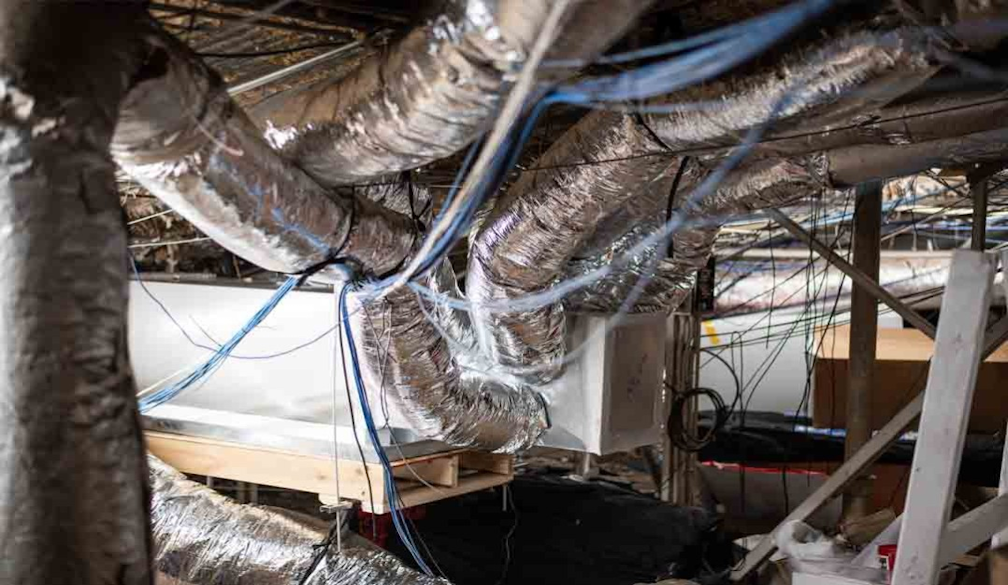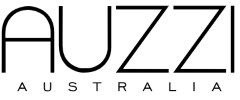Why DIY Duct Repair Can Be Dangerous and Costly

You spot a loose duct or hear a rattle in the vents, should you grab some tape and fix it yourself? It seems like a quick job, and with energy bills rising, many homeowners in Melbourne are tempted to do their own duct repairs. But what looks like a simple fix can quickly spiral into a costly problem.
DIY duct repairs often create more issues than they solve. From missed leaks to airflow imbalances and safety risks, it is easy to get in over your head without realising it. This article breaks down why DIY duct repair can be risky, what the hidden costs are, and why calling a professional is usually the smarter and safer option.
At Mr Duct Cleaning Melbourne, we specialise in inspecting and repairing duct systems the right way, just solid results built for Melbourne homes.
Why People Try DIY Duct Repairs
It is understandable. When something goes wrong at home, the first instinct is to fix it yourself and avoid the cost of a call-out. Many homeowners believe duct repairs are expensive and assume that applying some tape or foam will do the trick.
Add to that the endless stream of online tutorials and videos that make duct repairs look easy, and it is no wonder people feel confident taking matters into their own hands. Loose ducts, rattling noises, or patchy airflow seem like simple fixes.
But what is often missed is how complex duct systems really are. The parts you see are just a small piece of a larger, interconnected network. A quick patch-up job might silence a noise temporarily, but it could also be hiding a deeper issue.
Duct Systems Are More Complex Than They Look
Behind every vent is a system that stretches through walls, ceilings, and floors. You might see a loose duct in your roof cavity, but what you do not see is how that duct connects to others or how a change in one part of the system can throw off the balance in the entire home.
Ductwork is part of a finely tuned HVAC system. Airflow, pressure, and zoning are all carefully calibrated to keep each room at the right temperature. A bad repair, even on a small section, can cause uneven temperatures, short cycling, and poor air quality across the house.
Different duct materials also need different treatment. A flexible duct cannot be patched the same way as a rigid metal one. Some require specific insulation, others need sealing compounds that stand up to heat or humidity. Doing it wrong could lead to worse damage or a costly replacement.
There is also the issue of compliance. In Melbourne, duct repairs, especially in homes, rental or commercial properties, must meet building codes. DIY work can easily violate safety standards without you even knowing it.
Risks of DIY Duct Repairs
The most common DIY mistake is using standard duct tape to seal a leak. Despite the name, duct tape is not designed for actual ductwork. It dries out, loses adhesion, and fails within weeks, letting leaks reopen and dust pour back into the system.
In trying to fix the problem, many homeowners end up making it worse. Over-tightening connections can crush flexible ducts. Poor alignment can block airflow. Misapplied insulation can cause condensation, which leads to mould. These are mistakes we see regularly in Melbourne homes, often in properties where previous owners attempted a quick fix that failed over time.
Even more worrying are the hidden leaks. You might seal one joint but miss another that is leaking into the roof cavity, costing you in energy and letting in pollutants. Without proper testing, it is hard to know what you missed.
Then there are the serious health and safety concerns. Ducts affected by mould require professional handling. Disturbing them can release spores into your home. Damaged ductwork near heating elements can become a fire hazard if improperly sealed. Working around electrical connections or gas units without training adds even more risk.
We have seen homes with black mould spread from a mismanaged DIY duct clean. Others needed full duct replacement after an attempted repair caused the system to fail entirely. The risks are real and often hidden until it is too late.
The Hidden Costs of a DIY Duct Repair
While a DIY repair might seem cheaper up front, the long-term costs can be significant. If the seal fails, air leaks continue, which means your HVAC system works harder. That drives up your power bills month after month.
An overworked system also wears out faster. Motors, fans, and filters take on more stress, which means more frequent servicing or earlier replacement. That cost can far exceed what a professional repair would have been.
There is also the chance of needing a second repair to fix the first one. We are often called in to redo or undo DIY work, sometimes replacing entire sections that have been damaged beyond repair.
Home insurance and HVAC warranties are another concern. Many policies do not cover damage caused by unlicensed repairs. If your system fails and the assessor finds evidence of DIY work, you could be left footing the bill entirely.
Finally, there is your health. If DIY work affects air quality, you might face allergy flare-ups, asthma issues, or respiratory symptoms, especially in homes with children or elderly residents. That is a cost you do not want to pay.
What a Professional Duct Repair Involves
A professional repair starts with a full inspection of the duct system. At Mr Duct Cleaning Melbourne, we use thermal imaging, airflow testing, and pressure checks to find every problem spot, not just the ones you can see.
Once we know what is going on, we use the right tools and materials for the job. That means foil tape designed for ducts, high-grade sealants, proper connectors, and the correct type of insulation wrap.
We also make sure the system is balanced after the repair. That includes testing airflow and adjusting as needed to avoid hot or cold spots. Everything is done in line with Melbourne’s safety and building standards, and all work is backed by a warranty.
The result is a duct system that works properly, saves energy, and delivers clean air throughout your home. No guesswork, no shortcuts, just peace of mind.
When You Should Definitely Call a Professional
There are times when calling in a professional is not just smart, it is essential. If you suspect mould or have seen signs of water damage in your ducts, do not touch it. Mould needs safe removal to protect your health.
If the ducts are in tight roof cavities or underfloor spaces, trying to access them yourself can be risky and ineffective. When you notice a consistent drop in airflow or temperature issues in certain rooms, it usually points to a problem deeper in the system.
Strange smells, whistling noises, or repeated attempts to fix the same issue are all signs that it is time to get a professional opinion. Especially before winter or summer, a quick inspection now can prevent a bigger issue when the system is working hardest.
Conclusion
Your ductwork is one of the most important systems in your home, but also one of the most overlooked. When it breaks, it affects everything from your comfort to your health and your power bill.
DIY duct repairs might feel like a quick win, but they can easily cause more harm than good. The risks are real, inefficiency, damage, safety hazards, and costly repairs down the track.

